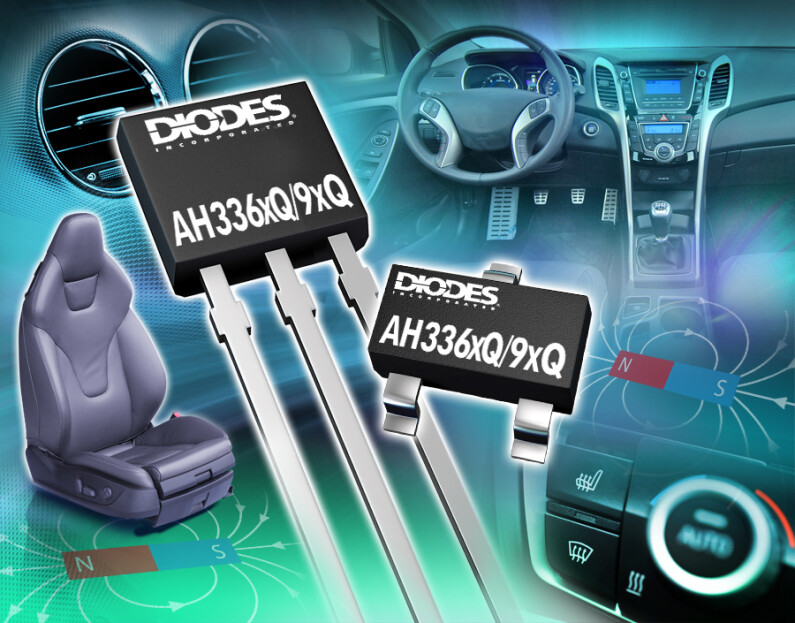Hall Effect Switches Provide Crucial Feedback on the Road to Fully Autonomous Vehicles

By Khagendra Thapa - Sensor & Power Management Business Unit Director
Although we still have a long road to travel, the automotive industry is well on the way to producing autonomous vehicles in production volumes. With many trials now running around the world demonstrating various levels of autonomy, it seems certain that the self-driving car will be available to consumers in less than a generation.
This means, among other things, that mobility for an aging population will be almost guaranteed, giving a large and growing part of society independence for longer. Perhaps even more significantly it will reduce road traffic incidents and further increase road safety. And, of course, it will make road travel more efficient in every respect; as vehicles become increasingly able to communicate and coordinate there will be a reduction in traffic, minimized emissions and a decline in pollution.
It’s already apparent that autonomy is not a replacement for the operator and the joy people get from driving a car isn’t going to be denied them - at least not in the very near future. It does imply a new relationship between driver and vehicle; one where the driver is no longer required to do everything, but is able to offload some functions to the vehicle. We’ve already seen this in the rise of Advanced Driver Assist Systems (ADAS) such as automatic headlights and windscreen wiper activation, lane departure and blindspot warnings and adaptive cruise control.
Just as with seat belts and air bags before them, many ADAS features that started as optional extras are becoming mandatory in new vehicles, such as reversing cameras. This trend will continue, as more of cars' systems become semi or fully-automated. It isn’t restricted to safety systems either; every new generation of cars offers greater comfort and convenience than the last. Seats and mirrors will adjust to the driver and so too will infotainment systems. As more of a car’s power train becomes automated it will increasingly become possible to adjust a car’s suspension, acceleration and steering sensitivity to suit the driver.
Key to this automation is the ability to interact with a car’s many functions in a non-intrusive yet reliable way through the use of different types of sensors. On route to the fully autonomous vehicle, manufacturers are now looking at ways of detecting and automating more functions within the cabin, as well as the engine compartment. One sensor technology leading this evolution is the Hall Effect switch; it offers contactless sensing of any moving part, allowing lateral and rotational position detection and measurement.
When it comes to adding sensors to every conceivable system the solution needs to be small, as well as robust. Qualification to automotive standards is a prerequisite but performance is also paramount. Diodes’ range of high-voltage, unipolar Hall Effect switch ICs, including the AH332xQ and AH339xQ, are qualified to AEC-Q100 Grade 0 and offered in 3-pin SC59, SOT23, and SIP-3 package options.
Both families offer devices covering a wide range of operating and release points with market-leading sensitivity (30G to 275G from 10 variants), which means they can be fitted almost anywhere in a vehicle that could provide proximity or position detection. They all offer exceptional stability over a wide temperature range of -40 to +150 °C and are able to operate from 3.0V to 28V supply voltage.
To find out more, see:
https://www.diodes.com/products/analog/sensors/hall-effect-switches/
